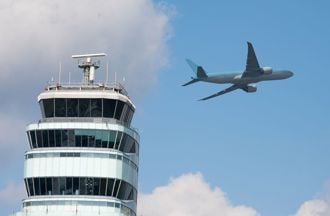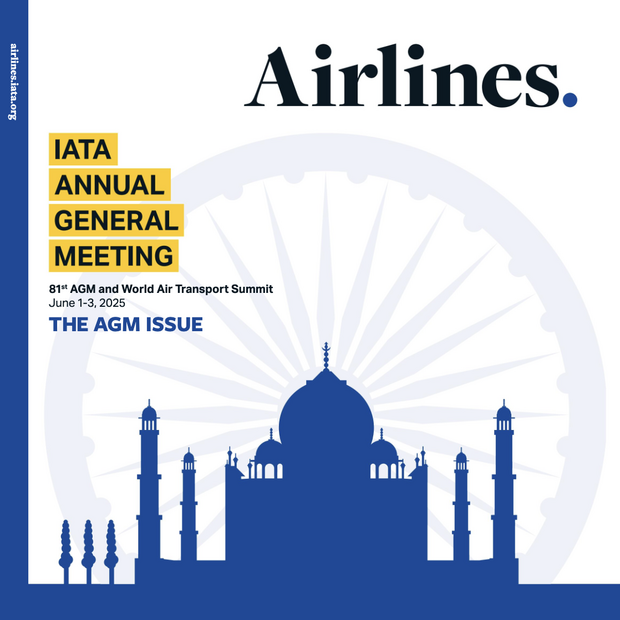
Geneva – The International Air Transport Association (IATA) urged the International Telecommunication Union (ITU) and national telecommunications regulators to ensure that 5G and future 6G networks operating near aviation frequencies do not impair radio altimeters and other avionic systems.
Ahead of the World Radiocommunication Conference 2027 (WRC-27), the ITU is conducting detailed studies to determine the technical conditions for global 5G/6G deployment. This guidance, developed with national telecom regulators and aviation safety authorities, will set the long-term framework for protecting essential aviation systems while enabling future telecom connectivity.
To support this process, IATA submitted a working paper—being presented at the ITU WP5B Meeting (Geneva, 18-27 November 2025) outlining the operational scenarios and safety requirements that must guide future spectrum policy.
IATA’s Call to Action
IATA’s paper calls for future spectrum policy to take into consideration all key safety scenarios, including take-off, landing, taxi, and go-arounds; adverse weather conditions (turbulence and windshear); and emergency or off-nominal situations. Radio altimeters, which rely on spectrum availability, provide essential height information in all these conditions and support both flight crews and automated safety systems. IATA also reaffirmed the importance of maintaining a minimum separation of 35 ft (11 m) between aircraft and terrestrial 5G transmitters.
“The benefits of 5G and 6G can never come at the cost of aviation safety. Spectrum decisions must be based on real-world aircraft operations, not idealized telecommunications industry modeling. That means ensuring ITU studies fully reflect the most demanding conditions pilots face. With input from aviation users, WRC-27 must deliver clear global rules to ensure the safe coexistence of radio altimeters and other safety-critical avionic systems with next-generation telecom networks across all phases of flight,” said Nick Careen, IATA Senior Vice President Operations, Safety and Security.
Persistent 5G Challenges
5G networks use a variety of frequency bands and power levels. Of particular importance to aviation is the 5G band located adjacent to the Radio Altimeter (RAD ALT) allocation (4.2–4.4 GHz). In several countries, telecommunications providers have voluntarily implemented 5G mitigation strategies to mitigate potential interference with RAD ALT systems, including reducing transmission power, applying runway exclusion zones, and tilting antenna downwards.
Some of these temporary measures are now approaching expiry. In Canada (1 January 2026) and Australia (1 April 2026), key mitigations will lapse within months. In the US, plans to auction the Upper C-Band (3.98-4.2 GHz)—immediately adjacent to the 4.2 GHz altimeter band—are advancing this month, and existing 5G mitigations are scheduled to be removed in 2028.
However, next-generation radio altimeters that are more resistant to 5G are not expected to be available to airlines before the early 2030s. This creates a mitigation gap which adds to the complexity of maintaining safe airline operations.
“Current 5G mitigations were never designed as a long-term solution and several will expire within months. At the same time, more resilient radio altimeters will not reach airlines until the next decade. That leaves a significant mitigation gap. With new spectrum auctions underway and protections being lifted in key markets, regulators must not assume safety will take care of itself. The industry needs clear, consistent safeguards to bridge the period before new altimeters are available,” said Careen.
For more information, please contact:
Corporate Communications
Tel: +41 22 770 2967
Email: corpcomms@iata.org
Notes for Editors:
- IATA (International Air Transport Association) represents some 360 airlines comprising over 80% of global air traffic.
- You can follow us on X for announcements, policy positions, and other useful industry information.
- Fly Net Zero

